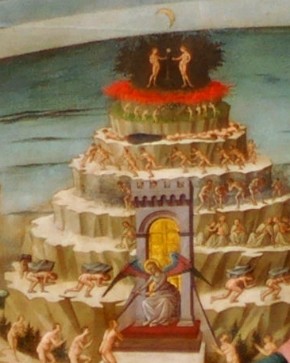The hard work of holiness: Protestants and purgatory

Among the doctrines that have divided Protestants from Catholics since the Reformation has been the doctrine of purgatory. But recently, fresh overtures from the Catholic side—such as the book by University of Toronto doctoral student Brett Salkeld, Can Catholics and Evangelicals Agree about Purgatory and the Last Judgment?—have suggested that purgatory might be less divisive than previously thought. On the Protestant side, a number of key thinkers from P. T. Forsyth to Jürgen Moltmann to Clark Pinnock to John Polkinghorne have engaged the topic. More surprisingly, Jerry Walls, an evangelical philosopher at Houston Baptist University, has offered a full-length defense of purgatory in his 2011 book Purgatory: The Logic of Total Transformation (Oxford University Press).
Why would a Protestant, and an evangelical Protestant at that, consider adopting the doctrine of purgatory? He or she wouldn’t if by purgatory one means anything like the classic Roman Catholic understanding of it: a state of postmortem suffering required in order to make satisfaction for sins one has committed. Even granting that Catholic teaching, like orthodox Christian teaching everywhere, rests our salvation on the work of Christ whose atoning death made satisfaction for the eternal consequences of our sin, the proposal that there is any further satisfaction of any sort to be made for sin—the temporal consequences—is repellent to the classical Protestant understanding of justification.
But what about what happens in the Christian life after justification? For both Protestants and Catholics, the next stage is one of sanctification, the process by which we shed our remaining inclinations to sin and acquire a Christlike goodness that hungers and thirsts after righteousness. Clearly we must “be holy, for I am holy” (1 Pet. 1:16, echoing numerous passages in Leviticus). No one can enter into the presence of God without “clean hands and a pure heart” (Ps. 24:4). So between the time of conversion and justification and the time of our final entrance into the life to come (glorification) is the process of sanctification.




